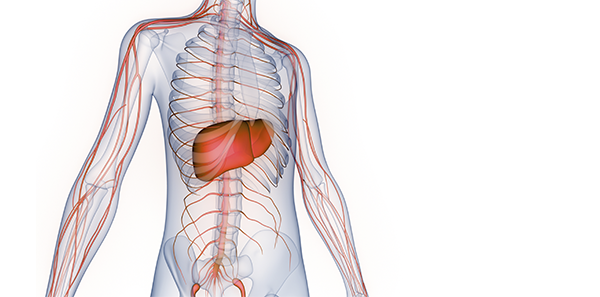
HEPATITIS is an inflammatory disease of the liver. We will classify it according to the agent that produces it:
- Infectious H. – viral or bacterial.
- Immune H. – Presence of autoantibodies. Autoimmune Hepatitis.
- Toxic H. – Medicines, toxins, alcohol, drugs etc.
Among the various forms of hepatitis, viral hepatitis is the most notable.
- Specific hepatitis viruses: hepatitis A, B, C, D, E, F and G. Most notably HA, HB and HC.
- Non-specific hepatitis viruses: Epstein Barr virus (infectious mononucleosis) and Cytomegalovirus.
Forms of viral hepatitis include:
- HEPATITIS A – RNA virus. Transmission is via the digestive route (enteric or faecal-oral). Contaminated water, vegetables irrigated with these waters etc. This is a benign and self‑limiting disease. The symptoms include evident jaundice, diarrhoea, nausea and stomach pain.
- HEPATITIS B – DNA virus. Parenteral transmission (blood – transfusions, open wounds, body fluids, sexual contact, contaminated syringes). 5% can become chronic and lead to chronic liver failure and even liver cancer.
- HEPATITIS C – RNA virus. Parenteral transmission. It is the most serious. 80% become chronic and lead to liver failure, cirrhosis or cancer.
- HEPATITIS E – RNA virus. Enteric transmission (similar to hepatitis A). An acute infection. Does not become chronic. Epidemic outbreaks. Endemic in regions of Asia, the Middle East, North Africa and Central America. Related to certain zoonoses (pigs are the main reservoir). Can be fatal in pregnant women.












